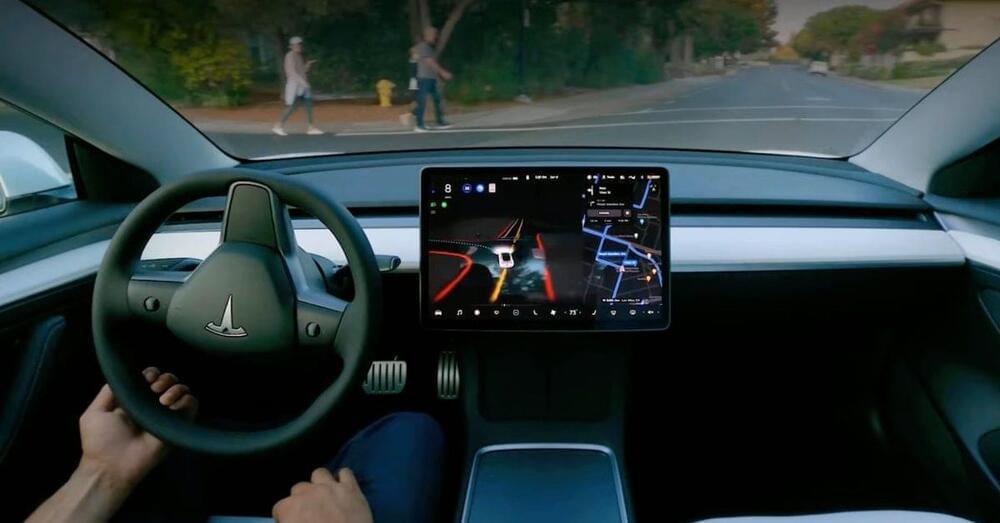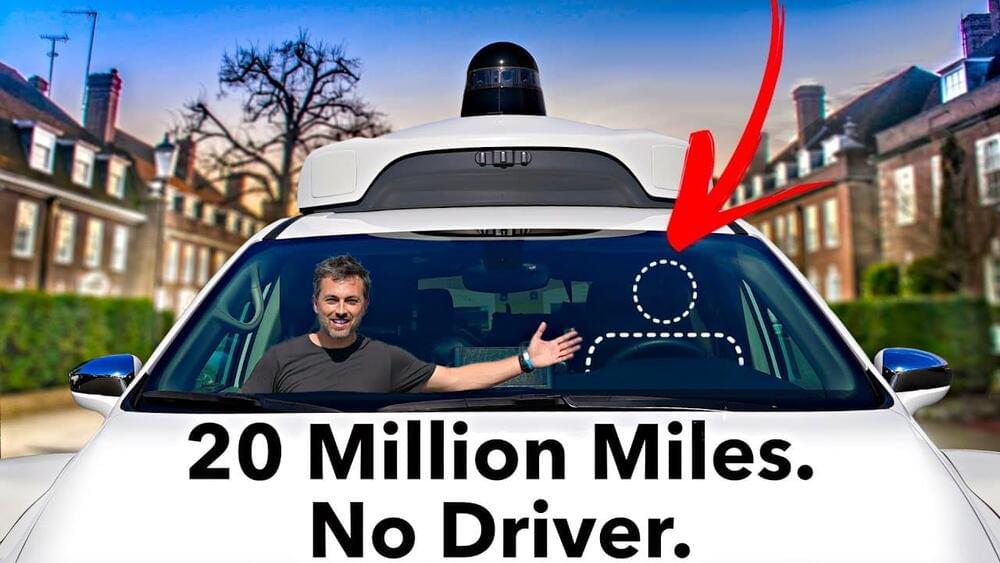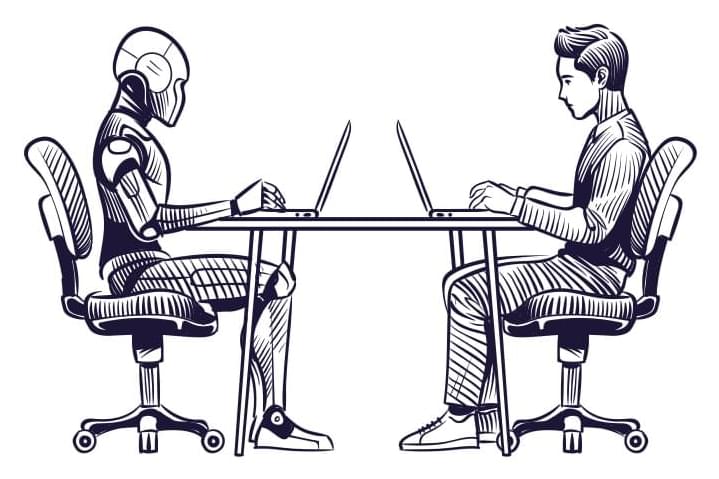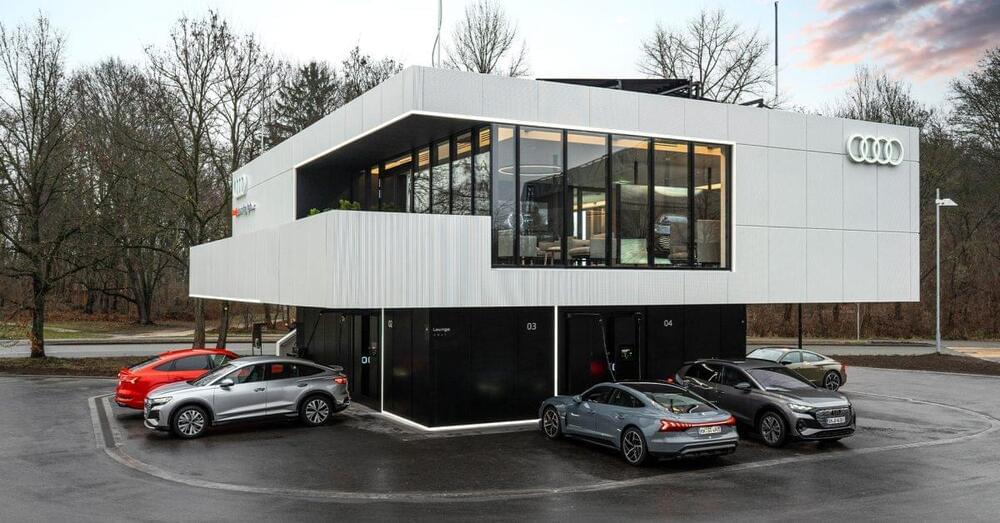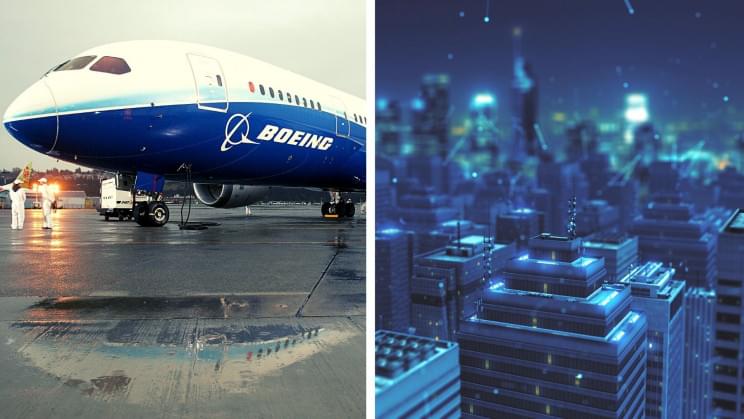Tesla has started to release a new Full Self-Driving Beta software update (10.7) that improves the situation with “phantom braking” and even helps the FSD beta be more energy efficient.
For more than a year now, Tesla has been slowly rolling out what it is calling “Full Self-Driving Beta” (FSD Beta), which is an early version of its self-driving software that is currently being tested by a fleet of Tesla owners selected by the company and through its “safety test score.”
The software enables the vehicle to drive autonomously to a destination entered in the car’s navigation system, but the driver needs to remain vigilant and ready to take control at all times.
